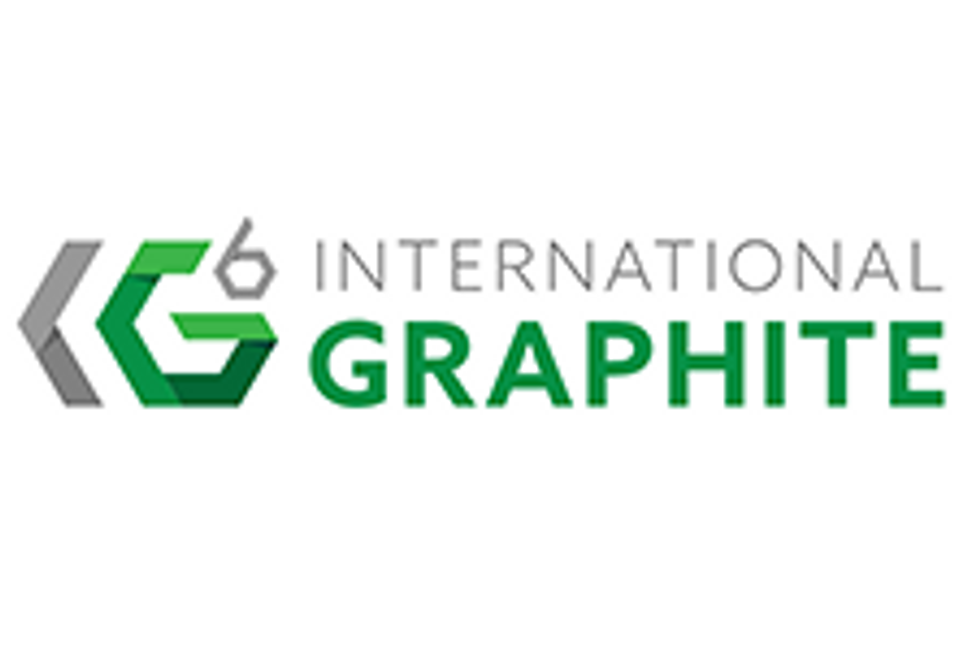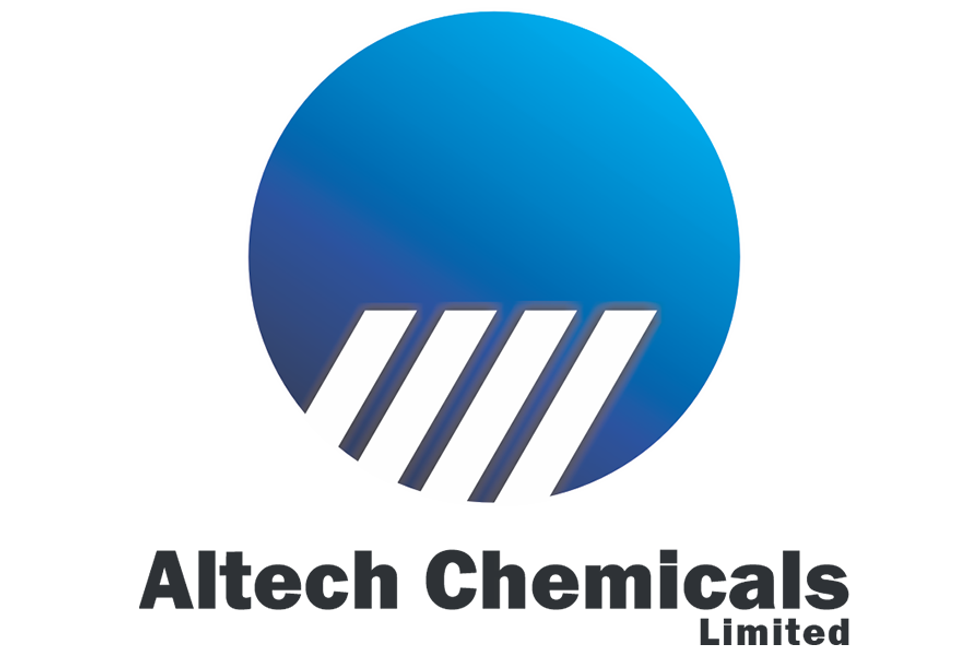Simon Moores Talks Prices and “Serious” Graphite Companies
In an interview with Graphite Investing News, Simon Moores of Industrial Minerals shared his thoughts on Zenyatta Ventures, what investors should look for in a graphite deposit and where prices are headed. He also gave a brief overview of “serious” graphite companies that investors should consider keeping an eye on.
Graphite Investing News (GIN) recently had the opportunity to speak to Simon Moores, data manager at Industrial Minerals, about what’s new and exciting in the graphite space.
In the interview below, he shares his opinion on Zenyatta Ventures (TSXV:ZEN), what investors should look for in a graphite deposit and where prices are headed. He also gives a brief overview of “serious” graphite companies that investors should consider keeping an eye on.
GIN: We published an interview with Mickey Fulp recently in which Zenyatta Ventures was mentioned, along with two other companies, Syrah Resources (ASX:SYR) and Energizer Resources (TSX:EGZ). It received a lot of comments defending Zenyatta against Mr. Fulp’s criticisms. Having heard the interview, is Mickey Fulp wrong on Zenyatta?
Simon Moores: Mickey is well respected by many and has been around a long time to see these commodity cycles. The one thing I respect about Mickey is he is not scared of making a decision and putting that to the public. Not everyone will agree all the time.
The thing about Zenyatta is that they have a completely unique deposit that no one’s ever seen the likes of before in the graphite industry. When they came out, people really didn’t know what to make of it; they still don’t quite know what to make of it, which is why Mickey has his thoughts on the project and why other people, in the industry especially, were asking questions like “what is it?” and “if it’s graphite, what type of graphite is it?”
I’ve seen technical documents that say the graphite they have is similar to the vein graphite in Sri Lanka, but it’s not actually formed in thin veins — it’s a much larger deposit, which it makes it completely unique. That’s why there’s been a bit of confusion. Its lower purity in the ground that Sri Lanka, but has the potential to be a much larger scale. That has received a lot of positive reaction from the industry.
Questions still remain, however, as the company is choosing not to give out many samples for testing to the industry. Once sample tests have been done by third parties, the industry will know if Zenyatta’s graphite can replace synthetic in a range of end markets — the company is targeting high-purity, high-end graphite markets. Zenyatta has been measured with what data they have put to the market and have avoided a publicity drive that is commonplace on the TSX-V.
One thing that is certain is that Zenyatta has maintained investor interest in graphite at a time when everything else has faded.
There is a lot of misinformation in the industry at the moment that is spread through investor chat rooms. That’s why it’s critical to have informed discussion through websites like Resource Investing News, indmin.com and industry conferences.
GIN: A lot of the debate seems to stem from the understanding people have of the deposit’s geology. What can investors do to educate themselves on graphite geology (in terms of any deposit, not just Zenyatta’s)? What key things should they know?
SM: There are three main types of natural graphite — that’s amorphous, flake and vein graphite. Amorphous is more associated with coal-type geology — basically metamorphosed coal seams — whereas flake graphite is associated with the metamorphism of sedimentary deposits of carbon. Vein graphite is thought to be produced by the movement of carbon by geological fluids.
The formation of these deposits is actually still not straightforward and has been the subject of much discussion over the years.
Investors should just focus on those three main areas, amorphous, flake and vein, and be aware that each deposit will form within one of those buckets.
The Natural Graphite Report 2012-2016 outlines these three main natural graphite industries. More information can be found here.
Asbury Carbons probably has the best website for more detail on the technical side of different types of graphite.
GIN: I’d like to address something that Mickey Fulp said about the size of graphite deposits. He noted that bigger is not necessarily better because the graphite market is relatively small and too much production could bring prices down. Would you agree with that?
SM: I very much agree that bigger does not necessarily mean better. If one company brings on 50,000 tonnes in one year, then the flake graphite market will be completely disrupted. But serious companies are quite responsible, so they’re not really thinking about that. A lot of these companies need to maintain a good market price in order to get the payback on their deposit required. They’re not idiots, they would be more careful rather than destroy the market value that got them into graphite in the first place, I think.
GIN: Another company that was in the news last week is TIMCAL, which recently suspended mining at its Lac des Iles mine in Quebec. You noted in an interview last month that the mine is already on its last legs, so is the suspension likely to have much of an impact on the graphite price?
SM: Good question. My previous comments related to an old pit they were mining. But Imerys (EPA:NK) or TIMCAL didn’t communicate that in the middle of last year they moved to another area which guarantees mining there until 2015. The company plans to move to a subsequent mining area of Lac des Iles after that.
They’ve suspended the mine at the moment, and that’s due to high inventory and slack demand in the market. So they’ve mined flake graphite and they have it in storage because they’re not selling it as quickly as they’d like. So that’s why they’ve suspended mining.
GIN: So that’s an example of a company being aware of the impact their supply will have on the market?
SM: Yes, exactly. Companies like TIMCAL are very responsible and they don’t flood the market with material if they can’t get a good price for it. So yes, they’re a great example of that.
GIN: In that same interview, you said you believe flake graphite prices have bottomed. Is it all upward from here? What catalysts might cause a price increase?
SM: It’s difficult to predict if they’re going to rise, but I think we have seen the last of the major falls. 2013 is really tough at the moment. It’s the toughest year since mid-2008 to mid-2009; on average, demand is down 30 percent.
I would expect flake prices to remain stagnant for the rest of the year. They might go up a bit and they might drop back down a bit, just minor, regional fluctuations, but on average I can’t see any big increases in 2013.
This happened before in 2008/2009; people misjudged the pent-up demand and prices went through the roof because producers didn’t supply the market quickly enough when the upturn came.
So you could have a potential situation where demand doesn’t pick up in 2013 and producers come offline — the TIMCAL mine is a good example — then, if all of a sudden demand picks up in 2014 and producers can’t supply it quick enough, similar to what happened in 2010, then you will see another price spike.
This price volatility is just an example of the uncertain times we live in. To be honest, for graphite and other minerals that we cover, I can’t see it going away because people just can’t plan any longer than a year to 18 months. It’s just pretty impossible.
GIN: What about prices for other types of graphite? Is it a similar story?
SM: Vein graphite is priced differently. It’s only mined in Sri Lanka, and prices are only set once a year; they’ll set the prices for the year and sign contracts for 12 months, and that will be the price until it’s revised in Q1 2014. It’s a less fluid market.
Amorphous is different because China controls nearly all of supply, so it really depends on what China does. Also, that industry is being consolidated; it’s dominated by one major government-controlled company. So they really control the prices on that front.
GIN: What graphite companies would you suggest investors keep an eye on?
SM: You can really see the companies that were riding the resource wave and those that are serious now. What’s happened over the last three years is graphite became the flavor of the month and there was a boom, with many, many companies getting into the space. The ones you still hear about now are the one that are still serious.
Energizer Resources is an example of a serious company. They’re basically developing a really big flake graphite deposit in Madagascar. Their deposit is perfectly located in terms of emerging Asian nations for the battery industry, it’s a big deposit of good flake – which Madagascar is known for – and it’s low-cost production that, with the numbers out there, can compete with the Chinese. They’re one of the companies that’s vying for premium investment dollars.
In April, Focus Graphite (TSXV:FMS,OTCQX:FCSMF) commissioned its pilot plant at Lac Knife, but the most interesting news for me this year was the potential to upgrade its flake fines (-200 mesh) to 96.96-percent carbon showing battery-grade potential.
Flake fines are a big problem in the graphite industry. They are large volume and low quality, and producers can struggle to shift them, certainly at a decent price. Should Focus be able to turn that into a premium product at a competitive price, then it would open new markets for what is traditionally a weak product.
Northern Graphite (TSXV:NGC) updated its resource estimate (measured and indicated), so it now can compete on size with the biggest deposits in the world. This was calculated to 70 million tonnes measured and indicated at 1.74-percent carbon. The grade is low, but the trade-off is higher proportion of medium and large flake, which is always in demand.
Big North Graphite (TSXV:NRT) is the only company developing an amorphous graphite mine in Mexico, and it is looking at the industry in a different way, which is refreshing. They are really pushing to get a plant built and to get product into the marketplace.
There are quite a few companies that are still perusing graphite in a serious way; others include Syrah Resources, Talga Resources (ASX:TLG) and Standard Graphite (TSXV:SGH). Naturally, this list isn’t exhaustive.
Securities Disclosure: I, Charlotte McLeod, hold no direct investment interest in any company mentioned in this article.
Editorial Disclosure: Big North Graphite, Energizer Resources, Focus Graphite, Standard Graphite and Syrah Resources are clients of the Investing News Network. This article is not paid-for content.
Editorial Disclaimer: Interviews conducted by the Investing News Network are edited for clarity. The Investing News Network does not guarantee the accuracy or thoroughness of the information reported. The opinions expressed in these interviews do not reflect the opinions of INN and do not constitute investment advice. All readers are encouraged to perform their own due diligence.
Related reading:
Mickey Fulp on What Makes a Good Graphite Deposit
Zenyatta Clarifies Geology, Metallurgy of Graphite Discovery
Zenyatta Pins Hopes on Hydrothermal Graphite Deposit
PROJECT UPDATE: Syrah Claims Mozambique Graphite-Vanadium Project is World’s Largest





